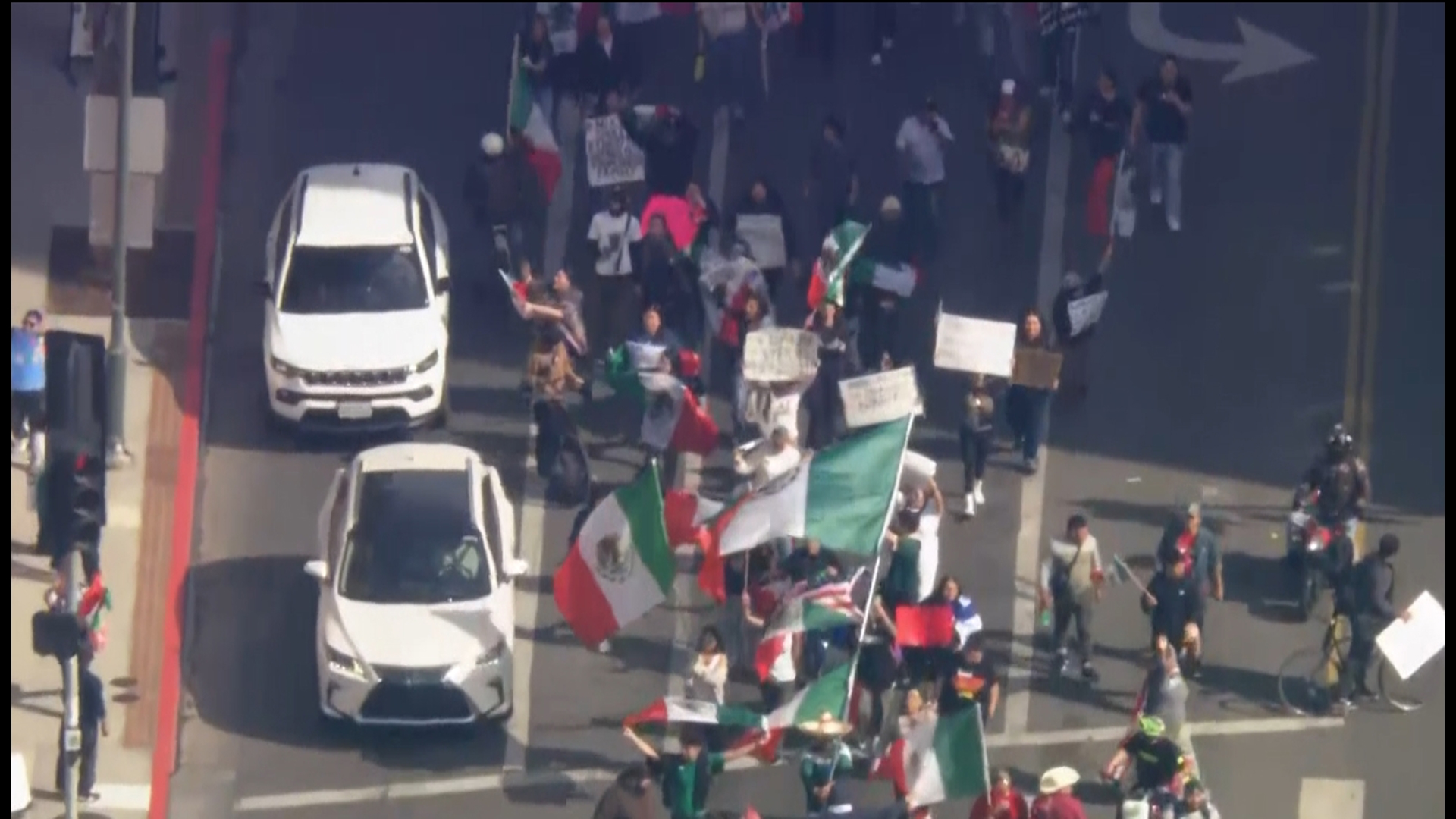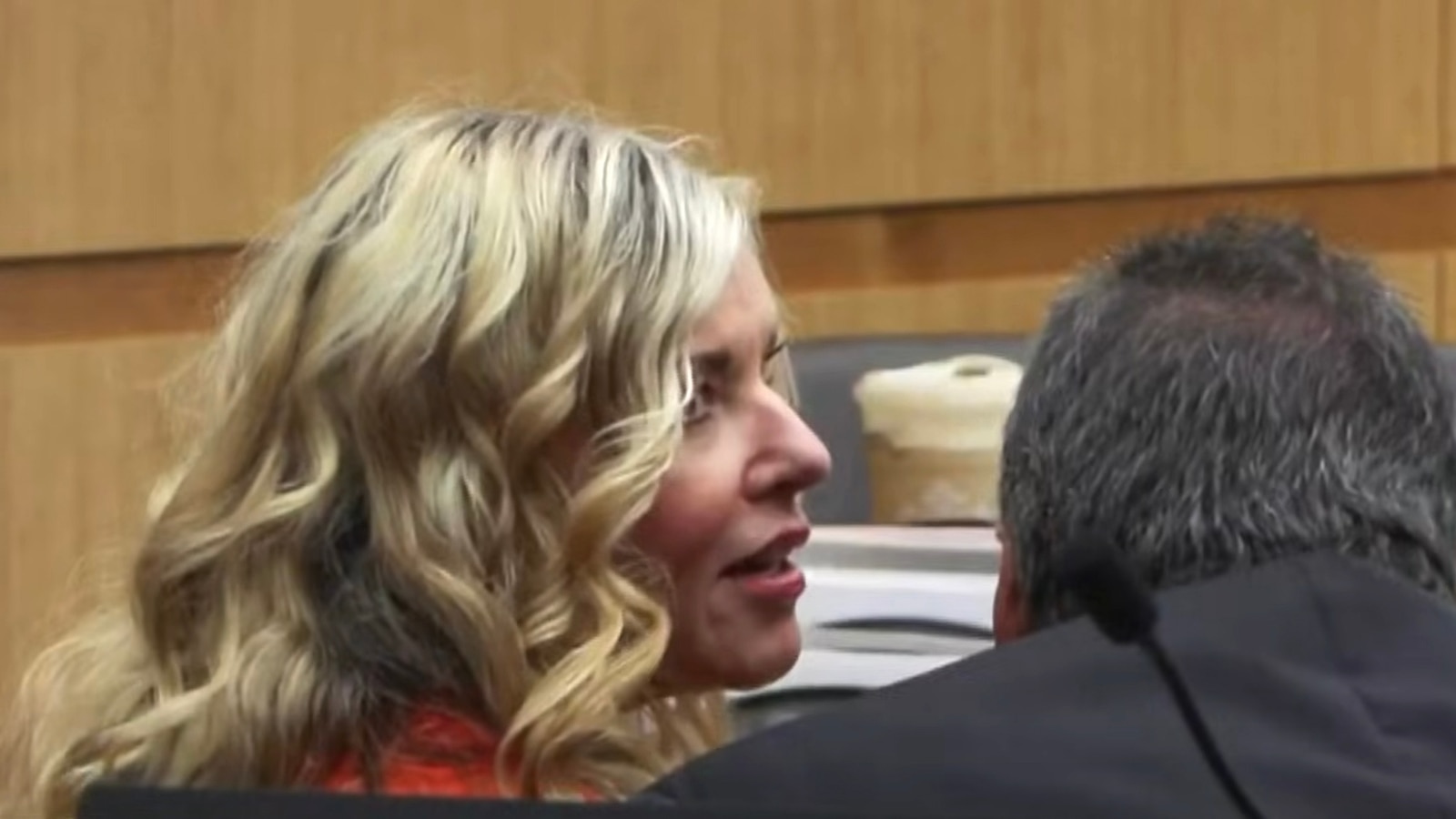What Happened
On June 14, 2025, a series of protests known as “No Kings Day” are scheduled to take place across approximately 1,800 communities in the United States. This date coincides with a military parade in Washington, D.C., commemorating the 250th anniversary of the U.S. Army and President Donald Trump’s 79th birthday. The protests are organized by grassroots groups, including Indivisible and MoveOn, and are intended to express opposition to what the organizers perceive as authoritarian actions by the Trump administration. They aim to reclaim the narrative around patriotism, particularly the symbolism of the American flag, which they argue has been co-opted by Trump and his supporters.
The protests are characterized by their focus on peaceful assembly and the assertion that true patriotism involves standing up for democratic values and the rights of citizens. Organizers have emphasized that the protests are not intended to be anti-veteran, and they have deliberately chosen not to hold a protest in Washington, D.C., to avoid any narrative suggesting direct opposition to the military or veterans.
Key Details
- Date of Protests: June 14, 2025
- Number of Protests: Approximately 1,800 across the U.S.
- Main Organizers: Indivisible, MoveOn, Human Rights Campaign, and various grassroots groups.
- Key Themes: Reclaiming the American flag, opposing perceived authoritarianism, and promoting democratic values.
- Notable Locations: The largest protest is scheduled for Philadelphia, where the Declaration of Independence was signed.
- Trump’s Response: President Trump has warned that protesters will face a strong response, characterizing them as individuals who “hate our country.”
Multiple Perspectives
Supporters of the “No Kings Day” protests argue that they are a necessary response to what they view as a concentration of power by Trump, which they believe undermines democratic principles. Ezra Levin, a co-founder of Indivisible, stated that the protests aim to demonstrate that the American people are the true patriots and that they will not allow Trump to monopolize the narrative of patriotism.
Conversely, critics of the protests, including Trump supporters, may view these actions as disrespectful to the military and veterans, particularly given the timing with the Army’s anniversary parade. Trump himself has characterized the protesters as unpatriotic, suggesting that their actions betray the country.
Veterans’ groups involved in the protests, such as Common Defense, emphasize that their participation is rooted in a commitment to uphold the values of democracy and community service. They argue that the militarization of responses to protests, including the deployment of the National Guard in Los Angeles, contradicts the principles they swore to protect.
Context & Background
The “No Kings Day” protests arise in a politically charged environment, with ongoing debates about the role of the military in domestic affairs and the implications of Trump’s presidency. The military parade in Washington, D.C., which is expected to cost between $25 million and $45 million, has drawn criticism amid broader discussions about government spending and priorities, particularly regarding veterans’ services.
The protests also reflect a growing trend of grassroots activism in response to perceived threats to democratic institutions and civil liberties. The choice of Philadelphia as a focal point for one of the largest protests underscores the historical significance of the location in American democracy, as it was the site of the signing of the Declaration of Independence.
What We Don’t Know Yet
As of now, the full impact and scale of the “No Kings Day” protests remain uncertain. It is unclear how many individuals will participate, especially given the potential for counter-protests or law enforcement responses. Additionally, the reactions from the Trump administration and local authorities to the protests, particularly in terms of security measures and public statements, are still unfolding.
The long-term implications of these protests for the political landscape in the U.S. are also not fully known. While organizers hope to galvanize support for democratic values and challenge authoritarianism, the effectiveness of their messaging and the potential for backlash from opposing groups remain to be seen.


